More about: 10 Best Tips to Visit Auschwitz from Krakow
The visit to the Auschwitz-Birkenau extermination camp is undoubtedly one of the most interesting visits you will make during your trip. You will learn a part of history from a completely new point of view: what life was like in the labour camps where thousands of Jews lost their lives.
The tour may not be entirely pleasant, but when you get there you will realise that everything is preserved with the utmost respect for the victims. If you don't want anything to spoil your tour, here are some tips to follow:
1. Book an excursion to get the most out of your visit and learn more about the history
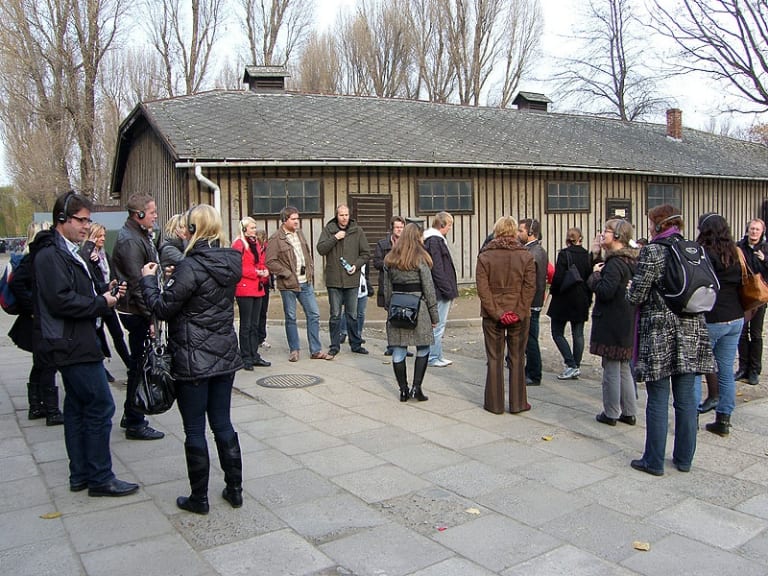
Unfortunately, Auschwitz-Birkenau is a bleak place, with too much historical context and too many stories behind it. Its first camp, Auschwitz I, is very well preserved and there are barracks transformed into explanatory and well-contextualised museum-exhibition rooms, but Auschwitz II is practically a wasteland.
To fully understand what you are seeing, to understand the daily life of the victims who had to pass through here and, above all, to delve into a chapter of history that, to this day, still seems like science fiction, it is essential to be accompanied by an expert guide.
Throughout the tour you will be helped to situate yourself, explaining what each area of the site consists of and what daily life was like in these labour-extermination camps. In my opinion, it is 100% worth joining an Auschwitz tour from Krakow to get the most out of your visit.
2. Wear comfortable shoes and dress warmly in winter
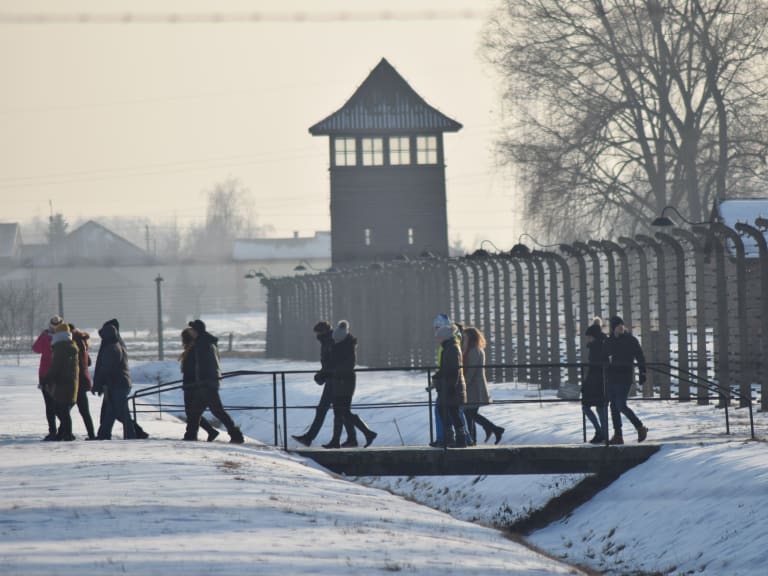
As always when travelling, it's best to check the weather forecast beforehand, but in Auschwitz this makes particular sense. For much of the tour you will be out in the open, with no roofs to protect you if it rains and of course, exposed to cold temperatures in winter (the camp may even be snowed in).
If you add to this the fact that the second part of the tour takes place in the second camp, which is practically a wasteland, wearing comfortable shoes is essential, as is wrapping up warm if the forecast calls for cold temperatures. The feeling of cold in the middle of the camp is quite acute.
3. If you have to eat before or after the tour, take your lunch with you or wait until you arrive in Krakow

It's not uncommon to find your stomach closing up during the hours of the tour. Personally, I do not recommend eating near the camp, but wait until you get back to the city to eat in peace and quiet after you have processed all the information from the tour.
If you still want to be prepared in case you get the munchies, you can always carry some snacks in your backpack to eat on the way there or on the way back. At the entrance to Auschwitz there is a kiosk for visitors where you can get some sandwiches, snacks or refreshments, but I wouldn't recommend it too highly.
Near the museum, in the village of Oświęcim, there is a restaurant where you can try your luck if you've decided to do the tour on your own (just don't risk catching the last bus back so you don't miss it).
4. Be respectful of the pictures
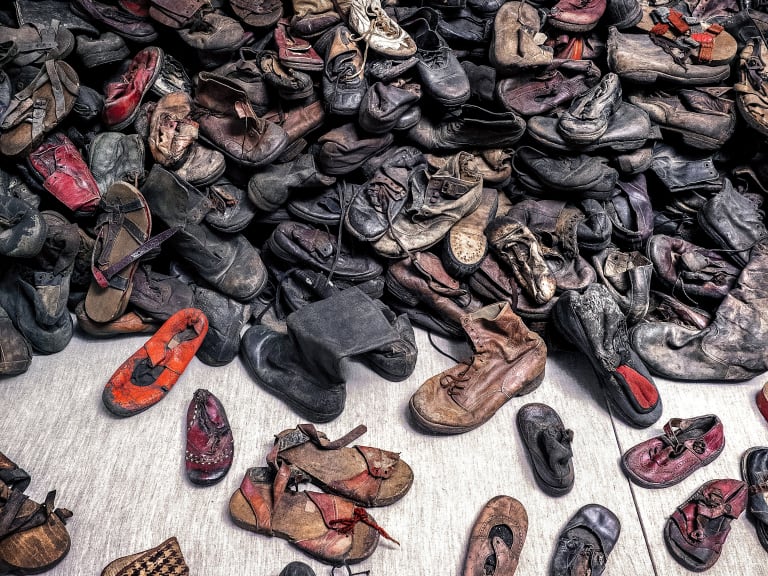
You'll notice it as soon as you walk in, but Auschwitz is a place of respect, regret and a rather tense atmosphere. It is not the best place to take artistic posed photos, as much of what you will see there are places where many people were tortured and killed, and throughout the tour you will see their photographs, clothes, belongings...
You can take photos in almost every place (especially the outdoor parts of the tour) but my advice is to always do it with respect.
5. Try not to go with very young or extremely sensitive children
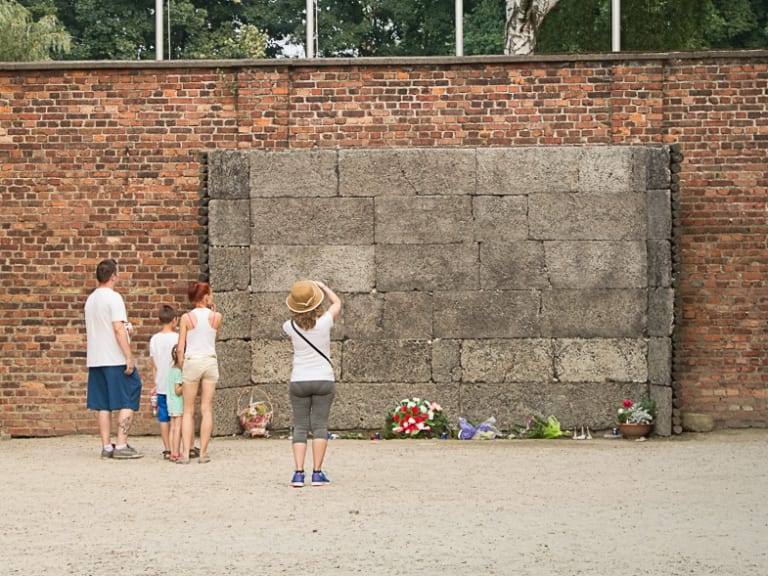
Personally, I do not recommend this tour for very young children, although, of course, this is part of human history and at some point they will face the reality and study it at school. But if they are still very young or particularly sensitive, be aware that the tour goes into a lot of detail.
Along the tour you will pass through the gas chambers and it will be explained to you how thousands of people were crammed into train carriages to be exterminated. If it is incomprehensible and painful for adults, it may be unnecessarily upsetting for a child and could tarnish their memory of the journey.
Even so, if you do decide to go on the tour, try not to dwell on the more lurid details or rooms, put your child in context before you go and explain what happened in as undramatic a way as possible. If you go with a pram, you will have access to almost the entire camp except for the smaller, cramped rooms, where the pram will have to be kept outside for space reasons.
6. Don't miss the documentary on the visitor centre

Even if you don't feel like watching a documentary because you'd rather go straight to exploring the actual sites of the camp, I can assure you it's worth it. It is very short (about 15 minutes) and will put you in the context of everything you are about to see.
It is a brief introduction but contains real images of the camp and its inmates, their way of life, a summary of the history of the formation of the camp... all in all, highly recommended.
7. Don't go too heavy with unnecessary luggage
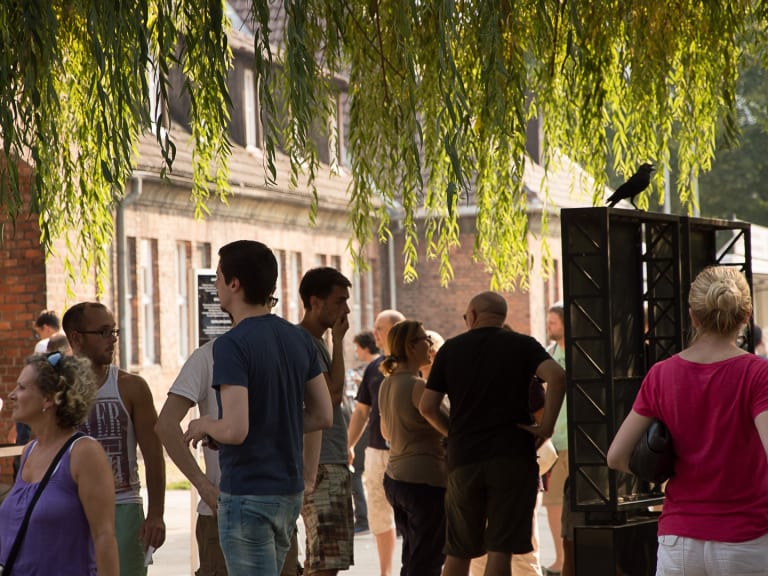
The tour is a walking tour through the several hectares of Auschwitz I and II, so the lighter you carry, the better. There are lockers at the entrance where you can leave your belongings, but if you carry any bulky luggage with you, you run the risk of it not fitting and therefore not being able to make your visit.
Leave all large luggage at the hotel and arrive here with just enough: a handbag or a small backpack. If you need a place to leave your luggage because you have already checked out of your accommodation, check whether you can leave it at the hotel reception or at a luggage storage facility in the city centre or at the Krakow train station.
8. If you're on your own, it's best to use the bus

If you have ruled out the option of joining a guided tour and prefer to buy tickets to Auschwitz and visit on your own, you will need to make your own travel arrangements from Krakow.
Although travelling by train is usually very comfortable, in this case the bus makes a more direct (and therefore shorter) journey. The first bus leaves at 6:20am and takes just over an hour, leaving you much closer to the concentration camp than the train itself (the train station is about two kilometres from the entrance to Auschwitz).
If you need more details on how to plan your arrival, I recommend my article on how to get to Auschwitz.
9. Don't forget your passport or identity card
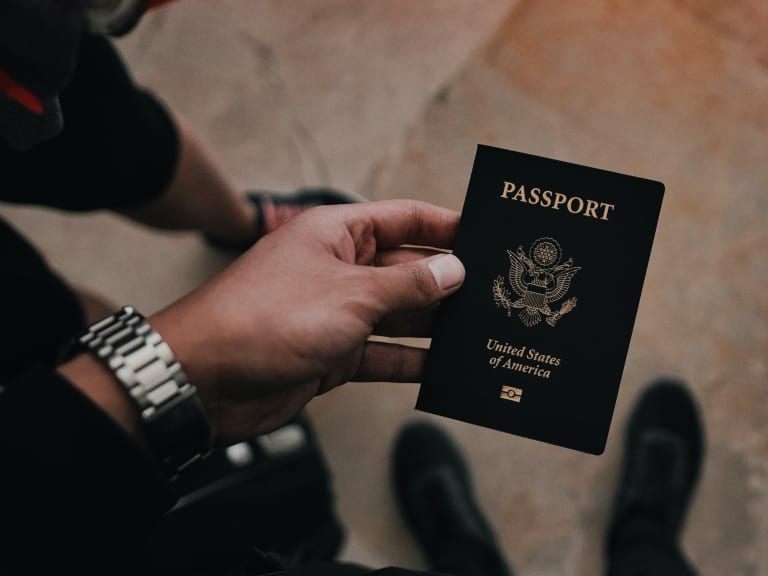
For security reasons, you will need to be documented to enter the concentration camp, so don't forget to bring a valid ID card or passport with your photo on it. Without this, I'm afraid you won't be allowed into Auschwitz, so remember!
10. Plan your visit: you will need at least half a day
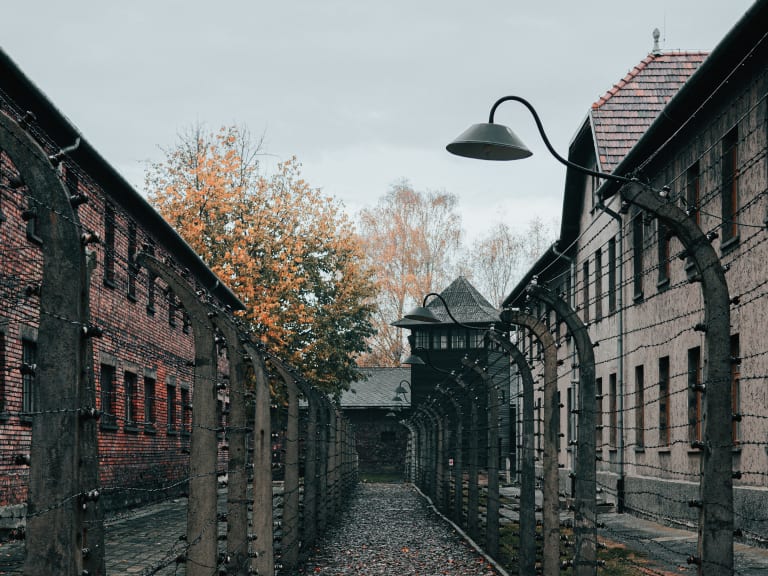
Although the concentration camp is not too far from Kraków and can be reached in just over an hour, the visit inside the camp can take two to three hours.
Add to this the return journey and the waiting times for public transport, and you will easily need half a day for the whole visit. Keep this in mind when planning the rest of your day in Krakow, figuring out where and when you can eat, what other visits you can do on the same day, etc.
You can take a look at my article on How long Auschwitz tours last if you want more details on how to organise your day.




